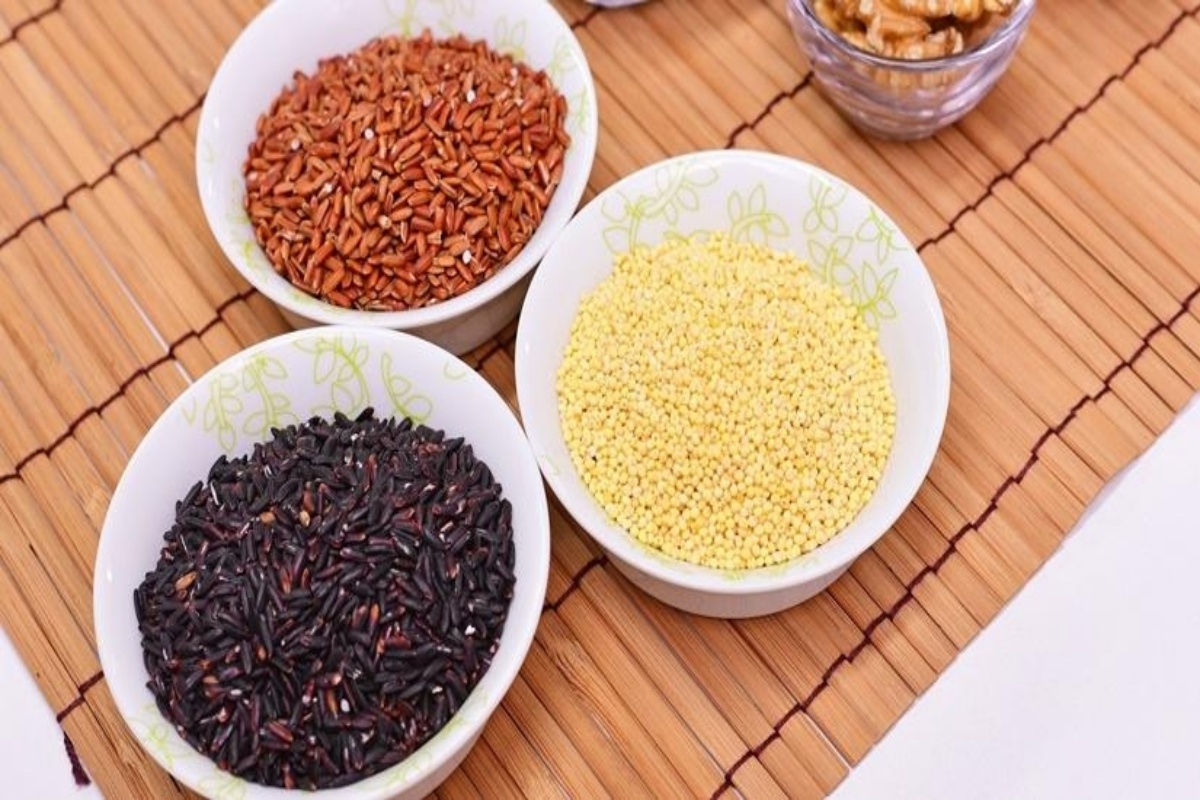Ethical leadership is non-negotiable: VP Dhankhar
Addressing students and faculty members at the 6th Convocation Ceremony of the Indian Institute of Management (IIM) Bodh Gaya, he highlighted their role as ‘torch-bearers of India's future’.
The study was also conducted to address the marketability challenges of millet production and identify effective strategies to increase its economic presence.

(Photo:IANSLIFE)
The Centre’s emphasis on millet crop has increased the yearly income of 75 per cent of millet farmers between 10 to 20 per cent in Uttarakhand, according to a study by the Indian Institute of Management, Kashipur.
The study, which has been funded by the Indian Council of Social Science Research, was conducted on over 2,100 farmers.
The study titled ‘Millet Production in Uttarakhand: An Empirical Analysis of its Socio-Economic Impact and Marketability Challenges’ found that the recent push by both the central and the Uttarakhand governments created a demand for millet crops in the market but the farmers were unaware of it. Besides, they found most farmers are growing millets for self-consumption instead of earning a profit.
Advertisement
Assistant Professor Shivam Rai, Deepak Sangroya and Gaurav Kabra, Associate Professors at OP Jindal Global Business School and Dr Nishant Singh Assistant Professor at Bennett University, spearheaded the research.
“The study reveals that the government schemes designed to support the millet farmers are becoming futile because of the communication gap and the language barrier. Millets are a sustainable crop which is not only nutritious, and healthy but also easy to store and does not damage the soil,” said Professor Rai.
The study was also conducted to address the marketability challenges of millet production and identify effective strategies to increase its economic presence. The sample size for the survey was collected from Pithoragarh, Joshimath, RudraPrayag, Chamoli and others.
Millets are considered the staple food for the local community, enhancing their food security and nutrition by reducing their dependence on other cereal crops.
India produces all the nine commonly known traditional millets — Sorghum, Pearl Millet, Finger Millet, Foxtail Millet, Proso Millet, Little Millet, Barnyard Millet, Browntop Millet and Kodo Millet.
Prime Minister Narendra Modi proposed the United Nations General Assembly (UNGA) resolution for declaring the year 2023 as the International Year of Millets and the same was supported by 72 countries.
The International Year of Millet 2023 has played a crucial role in raising awareness about millet as a sustainable crop worldwide and increased the demand for millet-based products both nationally and globally.
The study also made recommendations to implement various short and long-term strategies to support the stakeholders, who can work together to harness the potential of millet production and promotion in Uttarakhand, ensuring a resilient and prosperous future for farmers and the local community.
The research project’s findings help in identifying the potential barriers to the production, consumption, and commercialization of millets. This will aid in devising strategies for improving the livelihoods of producers and the supply-value demand of millet.
Advertisement